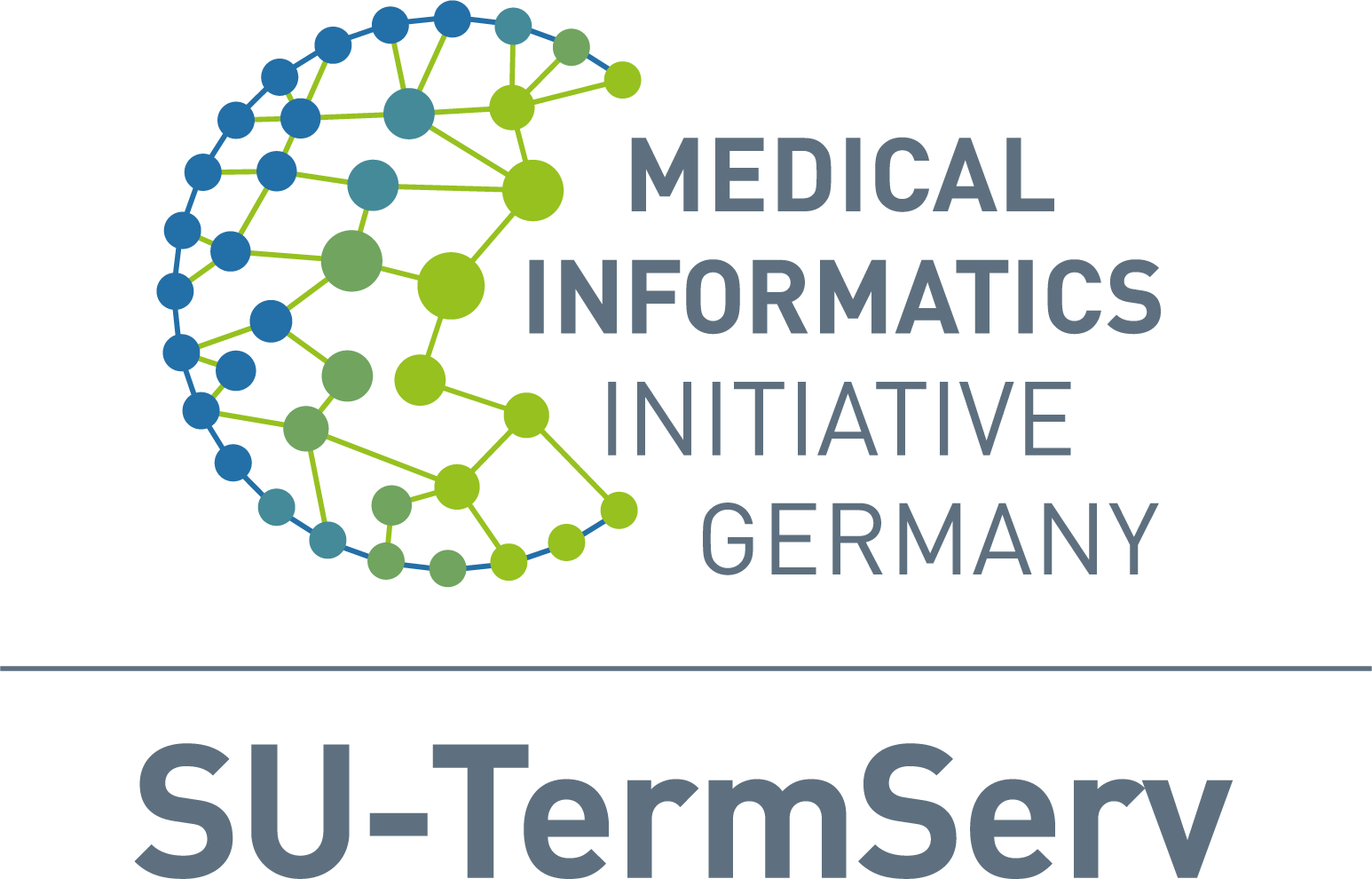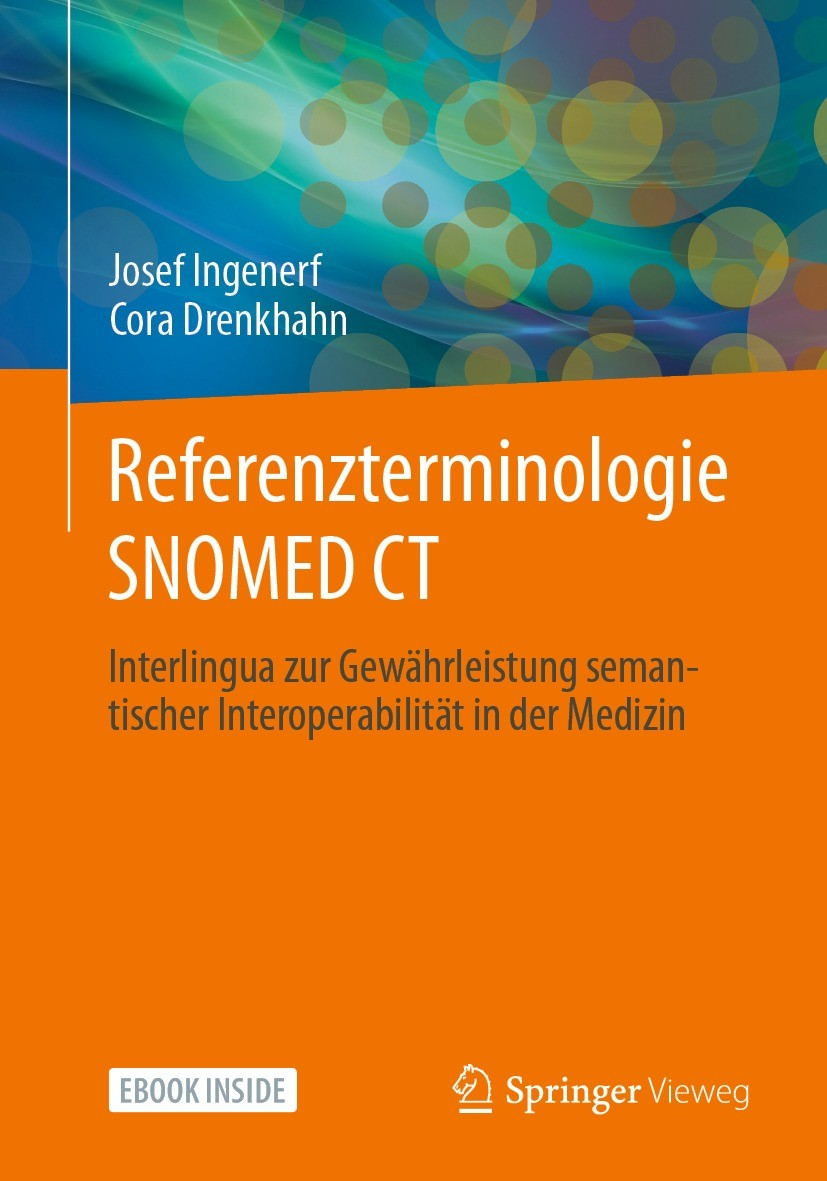I am pleased to announce the publication of our (German-language) textbook “Referenzterminologie SNOMED CT - Interlingua zur Gewährleistung semantischer Interoperabilität in der Medizin” (SNOMED CT Reference Terminology - Interlingua for Ensuring Semantic Interoperability in Medicine) published by Springer! 🎉 Since its licensing in Germany in 2021, SNOMED CT has been playing an increasing role in the digitization of healthcare, among other things in connection with the establishment of HL7 FHIR as an exchange standard. In the research project Medical Informatics Initiative (MII), special attention is paid to the implementation of SNOMED CT by means of FHIR-based terminology servers, especially in the context of our project “SU-TermServ”.
A big thank you to my co-author Cora Drenkhahn for her outstanding collaboration and to all supporting people from the Institute of Medical Informatics at the University of Lübeck. This book not only represents our commitment to promote the understanding and application of SNOMED CT, but also the collective effort of a great team.
Special thanks go to the pioneers in the field of medical semantics in Germany, including Jochen Bernauer, Wolfgang Giere, Bernd Graubner, Rudolf Thurmayr, Friedrich Wingert and Albrecht Zaiss, who have contributed significantly to the development. In particular, the German German Association for Medical Informatics, Biometry and Epidemiology (GMDS) e.V. was and is a national platform with the AG “Medizinische Terminologien und Klassifikationen” where important foundations were laid at the national level. Internationally, the European GALEN project in the nineties, whose leader Alan Rector has had a lasting influence on the field of logic-based concept systems, should be mentioned in particular.
Currently, experts such as Martin Boeker (Munich), Josef Ingenerf (Lübeck), Stefan Schulz (Graz) and Sylvia Thun (Berlin) continue the tradition. Their commitment and research contribute to the theoretical and practical establishment of medical terminologies in general and SNOMED CT in particular in Germany. The Federal Institute for Drugs and Medical Devices (BfArM) (among others Release Center for SNOMED CT) also makes a decisive contribution to this.
For further progress, the next generation in particular is called upon to learn the necessary basics and to contribute with clever ideas to the further establishment of the international reference terminology SNOMED CT and thus to semantic interoperability in the German healthcare system. Only in this way can “real” progress be achieved in the field of artificial intelligence, which is being pursued by all.
The book is now available at Springer Link as an e-book, the print version will be available shortly.

